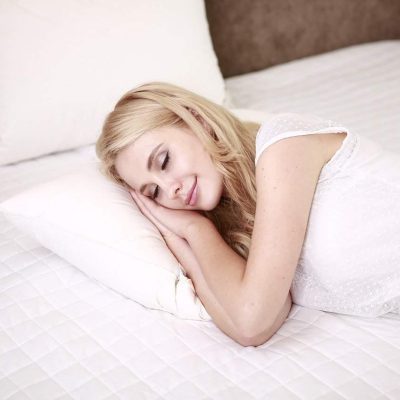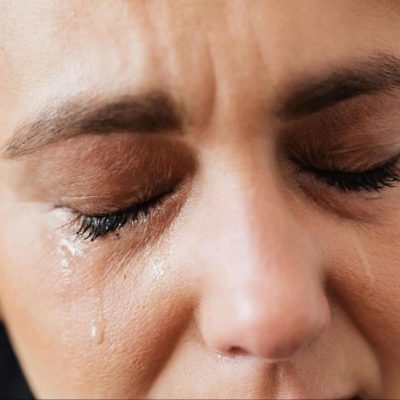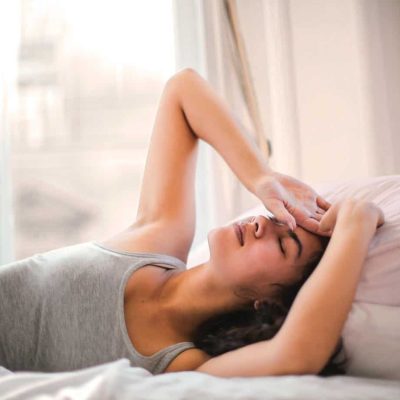Sleep apnea is a disorder that affects the quality of your sleep. It can cause excessive daytime drowsiness, poor concentration and memory, depression, and even heart disease. In this article, you will learn how rhinoplasty can help treat sleep apnea by correcting the septum’s position to prevent snoring and breathing problems.

Table of Contents
ToggleIt Fixes A Deviated Septum
A deviated septum is when the thin wall that separates your nostrils (the septum) is displaced to one side. This can make breathing difficult and often leads to sleep apnea. A rhinoplasty procedure can fix this by correcting the septum?s alignment. So, not only does a rhinoplasty reduce the size of your nose, but it also fixes a septum that is deviated. Sometimes, a nasal deviation can also be the cause of a lack of scent, which is an important factor to consider before getting a rhinoplasty. A dedicated septum might also be the cause of recurring sinus infections. If you?re experiencing any of these problems, a rhinoplasty may be the best option for you.
It Increases Nasal Airflow
Another common cause of sleep apnea is nasal obstruction, which means that not enough air can flow through your nose while you sleep. This can be due to several reasons, including a deviated septum, enlarged turbinates (small structures in your nose that help filter the air), or narrow nasal passages. Rhinoplasty can improve all of these conditions and help increase airflow. There are many different causes of bad nasal airflow. Some people have anatomical problems with their nose, such as a deviated septum, which can cause difficulty breathing. Other people may have allergies or sinus infections that lead to congestion and difficulty breathing. And still, others may simply have poor habits that lead to airway obstruction, such as mouth-breathing or sleeping on one’s back.
It Reduces Snoring
Snoring is a common problem that can have many different causes. Some people snore because they have a cold, others snore because they sleep on their back, and still others snore because they have a structural defect in their nose. One of the most common causes of snoring, however, is sleep apnea. So, snoring is often a telltale sign of sleep apnea. If you?re snoring, you might be struggling to breathe at night. A rhinoplasty can help by reducing the size of your nose and correcting any obstructions in your nasal passages. This will help improve airflow and reduce or eliminate your snoring.
Rhinoplasty Combined with UPPP
If you?re struggling with sleep apnea, you may want to consider a rhinoplasty procedure in combination with a uvula-palate-pharyngoplasty (UPPP). UPPP is a surgery that is specifically designed to treat sleep apnea. It involves removing excess soft tissue from the back of the throat, which can help reduce snoring and improve airflow. When combined with a rhinoplasty, UPPP has a greater chance of diminishing or eliminating your sleep apnea symptoms. The best part is that you can usually have both procedures done at the same time.
Risk Factors
While rhinoplasty is a safe and effective procedure, there are some risks that you should be aware of. As with any surgery, there is always the risk of infection or bleeding. You may also experience swelling, bruising, or numbness around the nose. In rare cases, you may experience a change in your sense of smell or taste. Finally, there is always the risk that the results of your surgery will not be what you expected. It?s important to discuss your expectations with your surgeon and make sure you understand the risks involved in the procedure.
How The Severity Of Your Sleep Apnea Can Affect Surgery Outcome
The severity of your sleep apnea can also affect the outcome of your surgery. If you have severe sleep apnea, your surgeon may recommend a more invasive procedure, such as UPPP. If you have mild or moderate sleep apnea, a less invasive procedure, such as rhinoplasty alone, may be appropriate. It?s important to discuss your options with your surgeon and make sure you understand the risks and benefits of each procedure. Also, be sure to ask about what you can expect in terms of recovery time and results.

Rhinoplasty is a safe and effective treatment for sleep apnea. It can improve your quality of sleep by correcting the septum’s position to prevent snoring and breathing problems. It can also increase nasal airflow and reduce or eliminate your snoring. If you?re considering rhinoplasty, be sure to consult with a board-certified plastic surgeon who has experience performing this procedure. They will be able to help you determine if rhinoplasty is right for you and answer any questions you may have. With proper care and precautions, you can enjoy the benefits of this life-changing procedure.







